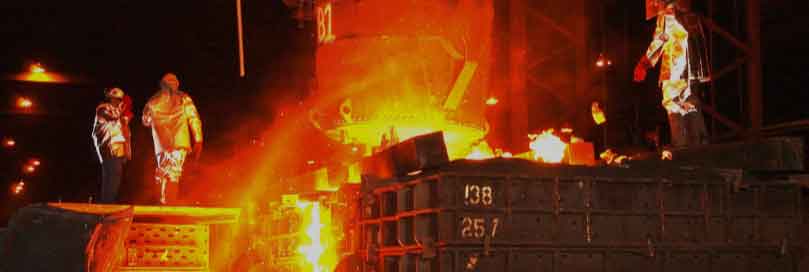
Lost wax casting, also known as investment casting, is a casting method known for its ability to produce intricate and highly detailed parts. Let’s compare lost wax casting with other commonly used casting methods:
- Lost Wax Casting vs. Sand Casting:
- Strengths of Lost Wax Casting: Lost wax casting excels in producing complex and intricate parts with high dimensional accuracy and surface finish. It can capture fine details and intricate internal features. It is suitable for a wide range of materials, including both ferrous and non-ferrous alloys. Lost wax casting allows for tight tolerances and minimal post-processing.
- Limitations of Lost Wax Casting: Lost wax casting typically has a slower production rate compared to sand casting. It may not be as cost-effective for high-volume production. The process may have limitations in casting larger and heavier parts. The tooling costs for lost wax casting are generally higher.
- Lost Wax Casting vs. Die Casting:
- Strengths of Lost Wax Casting: Lost wax casting offers superior flexibility in terms of design complexity and material selection. It can produce intricate parts with excellent surface finish and dimensional accuracy. It is well-suited for producing small to medium-sized parts. Lost wax casting provides good repeatability and can be used for both ferrous and non-ferrous alloys.
- Limitations of Lost Wax Casting: Lost wax casting generally has slower production rates compared to die casting. The process may not be as cost-effective for high-volume production. It may have limitations in producing large and heavy parts.
- Lost Wax Casting vs. Permanent Mold Casting:
- Strengths of Lost Wax Casting: Lost wax casting allows for the production of complex and detailed parts with high dimensional accuracy and surface finish. It can capture intricate internal features. It is suitable for a wide range of materials, including both ferrous and non-ferrous alloys. Lost wax casting offers good repeatability and can achieve tight tolerances.
- Limitations of Lost Wax Casting: Lost wax casting may have slower production rates compared to permanent mold casting. It may not be as cost-effective for high-volume production. The process may have limitations in casting larger and heavier parts.
- Lost Wax Casting vs. Centrifugal Casting:
- Strengths of Lost Wax Casting: Lost wax casting is well-suited for producing complex and intricate parts with high dimensional accuracy and surface finish. It can capture fine details and intricate internal features. It is commonly used for small to medium-sized parts. Lost wax casting offers good repeatability and can achieve tight tolerances.
- Limitations of Lost Wax Casting: Lost wax casting generally has slower production rates compared to centrifugal casting. It may not be as cost-effective for high-volume production. The process may have limitations in casting larger and heavier parts.
When selecting the appropriate casting method, consider factors such as part complexity, dimensional accuracy requirements, surface finish, material selection, production volume, and cost considerations. Each casting method has its own strengths and limitations, and the choice depends on the specific requirements of the casting project.
